Wondering what affiliate marketing is all about? Read on to learn everything you need to know!

COVID-19 and the imminent recession have exposed how razor-thin margins are for many small business owners. You’re not alone and it’s not your fault. But, now you’re left scrambling: How can you earn enough money to make ends meet in these tough times?
Many business owners are looking to diversify their income. This could include:
- Moving their business online
- Expanding to offer new products and services
- Branching out even further, including affiliate marketing
Odds are you’ve heard of affiliate marketing as a great source of passive income. Perhaps you’re now wondering if it’s something you should do. To learn more, read on!
Table of Contents
What Is Affiliate Marketing?
At a high level, affiliate marketing is a way of getting paid for referring customers to sellers or affiliate merchants. When a visitor to your site clicks a link to a seller’s store/website, and purchases products and services, you get a portion of the sales as commissions.
Affiliate marketing is a pay-for-performance form of marketing. This means that if your links do not drive clicks and sales, you will not get paid. However, if you have (or can build) a target audience for any given topic, you can begin to monetize that audience and make money from affiliate marketing channels.
Part of the allure of affiliate marketing is that it has low overhead: You don’t need to produce, sell, or transport products to make revenue from your recommendations.
It also has passive income potential, meaning that once you’ve built a site and an audience, you can watch the dollars roll in. But, as we’ll see later, it can take a while to get to this level and, even then, it’s not exactly “hands-off.”
How Does Affiliate Marketing Work?
In affiliate marketing, there are four main relationships. Basically, the affiliate acts as a “middleman or woman” between the seller and the consumer.
You help the seller promote (and sell) their products or services to audiences they may not be able to reach themselves. To motivate affiliates to do a good job promoting their products or services (over anybody else’s), sellers offer a range of payment structures and rates.
Let’s make it real with an example: Imagine I have an Instagram-famous dog. Brands that make doggy apparel and other pet products know I have way more followers than they do themselves. So if I join their affiliate program, I can promote products my dog already loves and make commissions on each and every single sale I generate (whether it’s the product I recommended or not).
In essence, then, there are 4 key roles in an affiliate marketing system:
1. The Seller/Merchant
The seller is the person responsible for selling and distributing products. They process all transactions and are responsible for order fulfillment.
Oftentimes, to the person making a purchase, the seller is all they’re aware of. Even if they click a link from your site/blog/social media account, to them the full transaction happens just as if they had come directly to the seller’s online store.
The seller is sometimes the product creator. But sometimes they’re just a retailer who stocks many different, competing brands and products (e.g., Amazon).
It’s up to you how many sellers you develop affiliate relationships with. But it’s probably smart to have a bit of variety so that you can recommend a range of products and give a sense of making authentic recommendations to your audience rather than simply pushing the same brand over and over again.
2. The Affiliate Marketing Network
The affiliate marketing network is the tool used by the seller to run their affiliate marketing program. This network handles:
- Program applications
- Generating links and creative for you to use
- Tracking affiliate link clicks and conversion rates
- Payout to associates
Essentially, the seller and the affiliate (you) will interact through the network. It takes a pretty powerful piece of software to track and measure all those affiliate links and clicks. So, there are a few main players in affiliate networks with who most sellers/merchants work with.
3. The Affiliate/Publisher
That’s you! You’re either an individual or a company that markets the seller’s products to an audience (with hopefully high intent to purchase).
Affiliates generally have passion, authority, and a following for the topic they’re selling a product or service for. Beauty bloggers become affiliates for Sephora. Dog lovers become affiliates for all kinds of pet sites (food, apparel, grooming, etc.).
But there’s literally an audience for everything: mattresses, clothing, accounting software, home decor. For you, it’s really about aligning your expertise with the thing you’re hoping to promote.
For example, if you’re a successful small business owner, you can probably write with authority about the tools it takes to run a successful company. You could write about everything from time tracking software to email marketing software, accounting software, and the best leadership books.
It’s important not to underestimate the thing(s) you’re already an expert at! If you’re a keen photographer, you know A LOT about cameras. It can be easy to downplay that expertise but think about what everybody asks for your recommendations when purchasing. Now think about how you could monetize those recommendations you so easily make!
4. The Consumer
The consumer is the person who purchases what you’re recommending. Without them, you don’t make any affiliate dollars. In general, you’ll want to think about how to reach more consumers and make your recommendations compelling to them.
When a consumer purchases a product or service through affiliates, the affiliate, and the seller share the profit. Sometimes the consumer will be aware that they’re clicking on affiliate links. They probably don’t mind, because it doesn’t impact the price they pay. In fact, they might be happy to help support your website/blog.
But oftentimes, consumers don’t even realize what’s an affiliate website and what’s not. The better a job you do at making sincere and genuine recommendations, the more likely people are to believe your recommendations and convert on them.
But you’ll also want to make sure you’re attracting the right niche audience. Back to our dog influencer example: If I put all my doggy stuff on my personal Instagram account, I wouldn’t only attract dog lovers, and the dog lovers I did attract might be put off by the other content I posted.
But if I built an account entirely for my influencer pup … Now, anybody who follows this account is definitely a dog lover and much more likely to be interested in buying all the dog-related stuff I post. By focusing my content to attract the audience with the highest intent, I can drive a higher conversion rate.
How Do You Get Paid As an Affiliate Marketer?
Affiliate marketers apply to be part of various affiliate programs with sellers. Most join several different affiliate marketing programs so that they can recommend products from different sellers.
It’s worth noting that not all affiliate marketing programs have the same payment structures or rates. In fact, affiliate programs are often competing with each other. So, for example, one mattress company will try to outdo its competitor on affiliate commission rate so it gets more “top” recommendations on affiliate sites.
This can get pretty competitive, as you can read in this article about “mattress wars.” But, at a high level, most affiliate marketing programs are structured in one of the following ways:
Pay-Per-Sale
In this model, the consumer has to actually complete a purchase before you make any revenue. Once they complete a sale, you’ll get a percentage of their purchase price.
It’s worth noting that that percentage varies from program to program. Even within affiliate marketing programs, the percentage may vary across different product categories. For example, Amazon pays more in certain product categories than in others, as seen in this table.
Pay-Per-Lead
This is a slightly more complex model where you must drive traffic to a seller’s website where they must complete a desired action, like starting a free trial, completing a sign-up form, etc.
This affiliate marketing payment structure is more common on software sites and with B2B (business-to-business) sellers. For example, FreshBooks’ affiliate program pays $5 commissions for every valid free trial you generate. Once that 30-day trial is over, we pay you an additional $55+ commission for any trials that upgrade to a paying FreshBooks account.
Obviously, it’s easier to drive the $5 free trials than it is to influence the upgrade 30 days later. But that’s where producing content that appeals to the right kind of audience is key, and can lead to a very lucrative affiliate income stream.
Pay-Per-Click
This affiliate marketing model pays simply based on clicks to the seller’s website. Obviously, a click is not the same as a sale. So it makes sense that this model is used more often by businesses that monetize impressions or ad views rather than sellers who rely on an actual purchase before they make revenue.
Examples of pay-per-click affiliate marketing programs are visible on almost every news website you visit today. You know those links served at the bottom of a news story? They look like they belong, but when you click on them you end up somewhere else? They’re most likely pay-per-click advertising.
Two Important Notes
1. Payment Structures Can Change
It’s worth noting that sellers can increase and decrease their affiliate rates due to changing circumstances. The individuals who run affiliate marketing programs at their organizations often “adjust the dial” as the business landscape and buyer behavior changes. They also monitor the quality of content and information that appears on affiliate sites.
For example, Amazon recently decreased its rates, which caused much furor for partners who had built a valuable income stream from their commissions. This is also a good reason to diversify the mix of sellers you partner with. For those associates who had all their eggs in Amazon’s basket, these cuts would result in significant losses.
2. Cookies Matter
While it’s usual for affiliate websites to link directly to a specific product, consumers can do all kinds of unexpected things once they land on a merchant site.
For example, they might buy an entirely different product. Or, they could buy the product you recommend, plus a bunch of other stuff. The good news is that you get a commission on all the transactions they complete when they landed through your link.
Another behavior we all sometimes exhibit is that we click a link but don’t buy a product right away. Maybe we shop around a bit or wait for our next payday. That’s where cookies come in (not the cookie monster kind). They basically “remember” where the visitor came from on that first visit and continue to give the affiliate credit (i.e., commission) on purchases made thereafter.
When cookies expire is an important thing to look into when joining a program. Some programs (mostly on the retail side) have very narrow conversion windows for commissions (i.e., sales that originate from your links only count for a 24-hour window). But between 14 and 30 days is the norm.
That means that if the consumer buys a product a week later (coming direct, not clicking again on your affiliate link), you make no commission, even though you originally introduced them to the product.
Other affiliate programs have a very generous window. For example, FreshBooks allows upwards of 120 days for a user to convert to a trial, and attribution is preserved whenever our links are clicked.
How Much Can You Really Make With Affiliate Marketing?
Affiliate marketing, like any other field, has its famous success stories. There are people like Matt Diggity, Pat Flynn, and Dan Henry who have all achieved affiliate marketing success. They often share some of their marketing tactics on their blogs, podcasts, and more.
Matt Diggity’s company has scaled to a point that he’s “able to pump out a new money site in one week. At any given time, at least 20 sites are pulling in big money, with quite a few at the five and six-figure per month range. We’ve sold just as many, breaking six-figures on the regular.”
Count us in, right?
But, seriously, while it’s possible to get to this level, it won’t happen overnight. These stories are certainly aspirational indicators of what’s possible but don’t think such success will come quickly.
You’re probably reading this because you want to make money off affiliate marketing. But the irony is that your chances of earning revenue off an affiliate marketing program are probably greater if that isn’t your primary intent (at least at first). This is because it takes time. So if you’re looking for a quick cash grab, you’ll probably become disillusioned, fast.
As Pat Flynn says, “Focus on trust and authenticity. Focus on serve first, not income first. Focus on what is best for your audience.”
How to Get Started With Affiliate Marketing
If you’ve made it this far, you likely want to get started with affiliate marketing! Before you take the leap and start applying for affiliate marketing programs, it’s worth spending some time planning your approach.
1. Decide What Kind of Affiliate You’ll Be
As we’ve seen in the payment structures, there are a few different ways to go about affiliate marketing. And while it helps to understand the programs and what could be most profitable for you, it’s also worth reflecting on what kind of affiliate marketing strategy and what area could be successful for you.
Here are some of the affiliate marketing options:
Be an Influencer
Everybody loves to hate influencers, but they really have a lot of clout when it comes to influencing product purchases. Influencers sprang up around blogging and social media. They seemed to offer a more “real” perspective on shopping, and therefore people trusted them more than traditional media, like magazines and newspapers.
Odds are you follow some influencers yourself on Instagram—probably in fashion, beauty, or decor categories. But influencers can also work in more obscure niches. The key to being an influencer is that you have an impressive audience. So if your Instagram or Twitter is limited to close friends or family, odds are you won’t pull off being an influencer just yet.
Blog About Your Passion
Google loves plenty of fresh content and so committed bloggers have had success building up a steady flow of traffic to their sites. Many of these blogs started as hobbies. People were passionate about a topic, so they started writing about it. It could be anything from cooking, gardening, DIY, running a business—you name it!
Once bloggers establish an audience it’s natural for them to want to monetize that following, and so many applied for affiliate programs related to their area. For example, decor bloggers often become an affiliate on Amazon, Wayfair, and more, as well as doing more ad hoc partnerships with other retailers (e.g., products in exchange for promotion).
Build a Paid Search Affiliate Site
While blogging is a very organic way of building an audience, it can also be a huge time investment (which is why so many bloggers started as hobbyists—they sincerely enjoyed writing about their passion).
Many affiliate sites are much more strategically planned with affiliate income in mind. Once a niche is determined, pages are built around specific keywords with high purchase intent.
To get an example of what this would look like, literally Google “the best [insert product].” Odds are that no matter which product you picked, you landed on an affiliate website. To rank more quickly, these sites also pay to rank (paid search) rather than waiting to rank organically (organic search).
They will also often purchase backlinks from other sites to try and grow their organic ranking so that over time they can depend less on paid search.
Put Affiliate Links in Email Newsletters
Some affiliates don’t run blogs or sites, but have a newsletter that a lot of people have subscribed to and read. They can monetize their audience by putting affiliate links in the text of their emails.
For example, if I have a weekly newsletter about gardening, I could hyperlink my favorite gardening tools and accessories with affiliate links whenever I mention them in the newsletter. From the audience’s perspective, I’m simply sharing all these wonderful resources. But from my perspective, I’m collecting a percentage of any product sales that are made.
Like blogging and influencing, growing an email list to a newsletter can take time. So if you haven’t already got an audience and you’re looking for a fast way to start being an affiliate marketer, a paid affiliate website is usually the quicker option.
2. Pick Your Niche
When it comes to determining your niche, it’s really more of an exercise in self-reflection. Obviously, it takes longer to research and understand a topic you’re entirely unfamiliar with than to write compelling content about something you’re already passionate about.
Here are some things to consider:
- What you’re already expert at/passionate about: As mentioned, think about the things you’re already interested in. It could be that they’re part of your profession (e.g., the best accounting software for small business owners). Or it could be based on a longtime hobby or passion (e.g., camping, sports, fashion, etc.)
- Consider a range of product offerings: No discerning reader will trust a review with a single product recommendation. Or a website that only recommends one brand over and over. Therefore, when you’re thinking about your area, think about the range of product categories and brands that you might include. For example, a niche around camping might include everything from tents to backpacks, and rain gear to portable barbecues. And it would showcase different brands/sellers for all these affiliate products.
- Look for niches that have high volume/low competition: Some niches already have a lot of competition, with a lot of influencers, existing media, and other affiliate marketers already dominating. You can use tools like Google Keyword Planner to search for niches that have lower competition. As somebody starting out, your chances of ranking for a niche will increase if there isn’t a lot of existing competition.
- Consider program payout: While we don’t recommend choosing your affiliate niche based on program payout alone, it’s also smart to consider it. Think about the cost of the item and the percentage payout you’d get on that. This is also where being smart about the programs you apply to and how you rank products comes into play.
3. Build Your Website/Content
Some types of affiliate marketing sites you’ll see are very sophisticated. It can be easy to get intimidated by slick design and page after page of professional-quality information and content. But every single site started somewhere, so don’t be afraid of beginning very simply.
Because you’re not yet earning revenue, look for free or affordable solutions to get up and running. Solutions like WordPress allow you to build a website using easy templates. This saves you on hiring a designer and developer.
Similarly, write all the content yourself. This may be intimidating if you’re not a writer, but again you want to keep costs down. A lot of those more sophisticated examples you’ll see will have at least one writer, designer, etc. on staff. But they probably started more modestly and invested in those resources as income grew. You can do the same.
If you’ve chosen an area that you are passionate about, you’ll be able to convey authority on the topic. Even if you have one or two grammatical errors, people who share your passion will trust and follow you based on your authority and credibility.
4. Apply for Affiliate Programs
The individuals running affiliate programs want to see a website up and running before they’ll approve you for their programs. So get your site up and start building some traffic before you apply to their programs.
In the application, share information about your site but also your plans to grow your traffic and audience. This would include your marketing plan, like:
- Paid search (search engine marketing, a.k.a. SEM)
- Backlink building
- Partnerships and promotions
This step will dramatically improve your chances of getting approval if your website is a relatively new one.
There are several popular affiliate networks out there that include different sellers or merchants. Some of the most popular ones are:
- Shareasale
- CJ
- PepperJam
- Amazon affiliate and other major retailers
You can also usually find links to individual merchant’s affiliate program information in the footer of their website. For example, on the FreshBooks website, simply click on Affiliate Program in the footer!
5. Add Affiliate Links to Your Site
Once you’ve been accepted to an affiliate program, you’ll want to link to that seller/merchant using special links that you get from inside the affiliate software. These links contain a special tracking code that helps the seller/merchant know where each click came from.
Note: If you just link directly to the affiliate merchant, you won’t earn any affiliate commissions on purchases made. You must have the tracked affiliate link to earn those commissions!
You want to link often and in various ways to your affiliates. For example:
- Text links in body copy and throughout your content
- Links on call-to-action (CTA) buttons like “Buy Now” or “Try Now”
- Linked images and product names
- Embedded ads throughout your content
Every program will offer different kinds of links and ads. Generally, they’ve assessed which ads work, so use what’s on offer. If they’re pushing special offers, for example, odds are they know that people are more likely to purchase products on this kind of ad/messaging.
Important Note:
Different programs have different rules around the disclosure of the relationship. In addition, there may be government rules and regulations (e.g., from the FTC for readers in the United States) that require prominent disclosure on every page of your website. Be sure to check and follow these guidelines!
One great example of a site that adheres to disclosure requirements without being off-putting is NomNomPaleo.
6. Continue to Grow Your Site
Now your website is built you can just sit back and watch the cash flow in, right? Well, yes and no. While successful affiliate marketing can be pretty passive income, to maximize your earning potential, you’ll want to continue to grow.
That means adding more content to build your authority and to feed Google. It’s a good idea to think about some informational content as well as pages designed to feature products.
For example, let’s go back to our doggy influencer idea. As well as “money” pages featuring products like:
- The best dog apparel
- Best dog bowls
- The best dog grooming products, etc.
… it would also be helpful to include more informational articles, like:
- Do dogs really need winter coats?
- What kind of dog bowl is best?
- How to groom a dog at home
While these pages might also include product recommendations for people and improve their experience, their primary purpose is to provide more content and authority to help with organic SEO (search engine optimization) and build up a readership.
Some other areas you can continue to grow:
- Build an ongoing relationship with the affiliate program manager of the sellers and merchants to learn more about what works for other associates in their network, stay on top of new creative and messaging that’s available
- Perform regular quality assurance (QA) on all the links to make sure they link to current/in-stock products for the best experience
- Add a newsletter email address sign up option
- Add social media accounts
7. Measure What’s Working!
In terms of ongoing maintenance, you should also spend a little bit of time monitoring what’s happening with your site and if there are any significant changes with your affiliate sellers/associates on the program side.
This includes:
- See which links on which pages are driving the most clicks and highest conversion rates—create more content for that. For example, if most people coming to my dog website buy dog coats, I might broaden that idea and create different pages with more options, like:
- The best dog coats for rain
- Best dog coats for cold weather
- The best dog coats for short-haired dogs, etc.
- Note if traffic stays a long time but doesn’t click/convert on your links. You might have to make your links more prominent!
- See if your number one ranking products have the best payout.
- Assess if there have been any program changes that would influence your recommendations.
Join the FreshBooks Affiliate Program
If you’re a small business owner, you already know a lot about what it takes to run a small biz, and how important tasks like invoicing and tracking expenses are. Odds are you’ve shopped around for an accounting solution for your business too!
This makes you an expert! So, why not leverage that by considering joining the FreshBooks program. You can learn more about it here.
Some notable highlights:
- FreshBooks pays an industry-leading $5 USD per free trial signup plus $55+ USD per paid subscription
- With minimal effort, you can monetize your content using trackable links available through our trusted third-party affiliate network partner, Share‑a‑Sale
- You will now be awarded for any visitor who clicks your link and begins a trial within 120 days
- No special skills required: Painlessly post your FreshBooks affiliate link to a blog, article, social media account, forum, or email list—the choice is yours
- All kinds of resources (like this handy guide) will set you up for success, including article ideas, social media tips, and more
Whatever path you choose, we hope you enjoy your journey to becoming a successful affiliate marketer!
Webinar: From Shoestring to Scaling: Improve Your Marketing Strategy on Any Budget
This post was updated in December 2022.
Written by FreshBooks
Posted on May 7, 2020
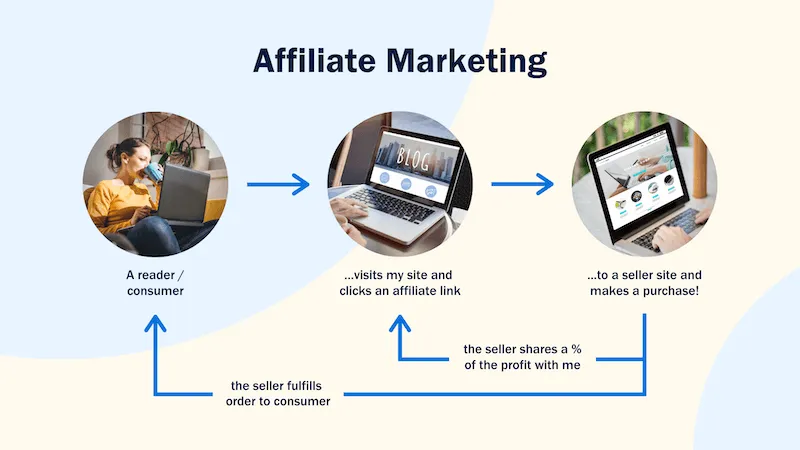
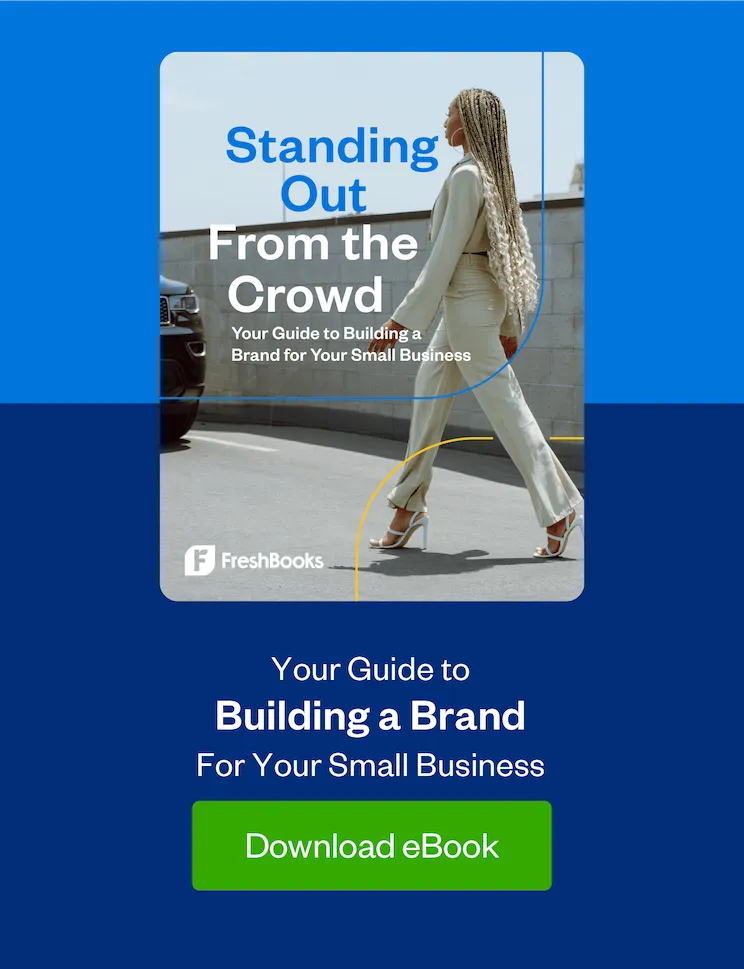
 Moving Your Business Online: The Essential How-To Guide
Moving Your Business Online: The Essential How-To Guide 7 Strategies For Diversifying Your Income
7 Strategies For Diversifying Your Income 21 Free WordPress Themes for Every Kind of Freelancer
21 Free WordPress Themes for Every Kind of Freelancer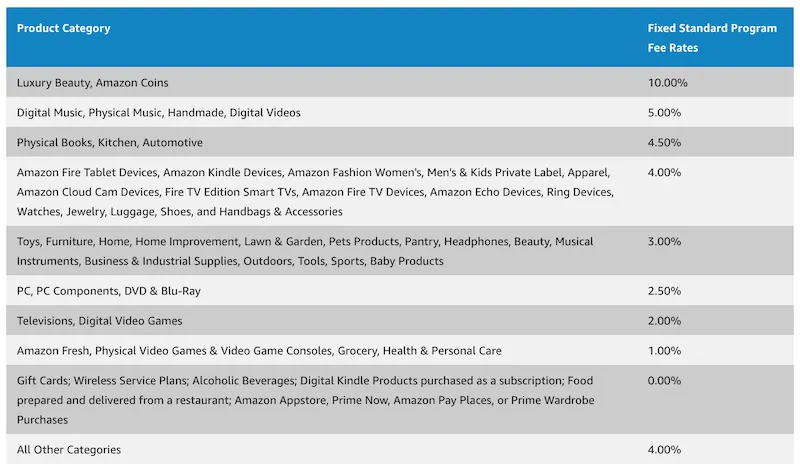
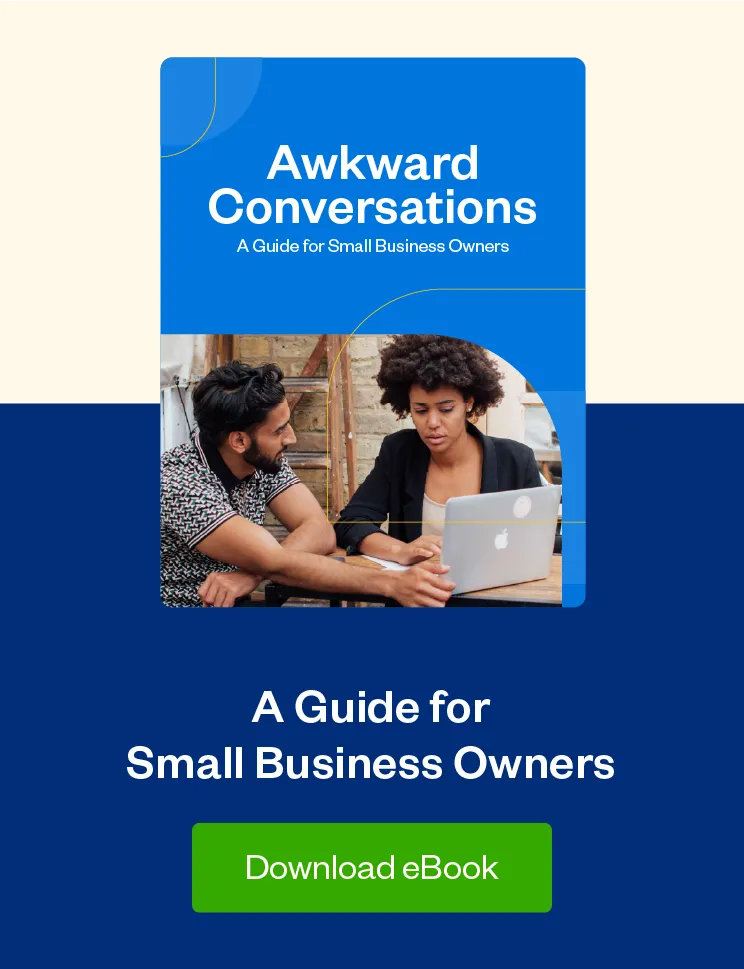
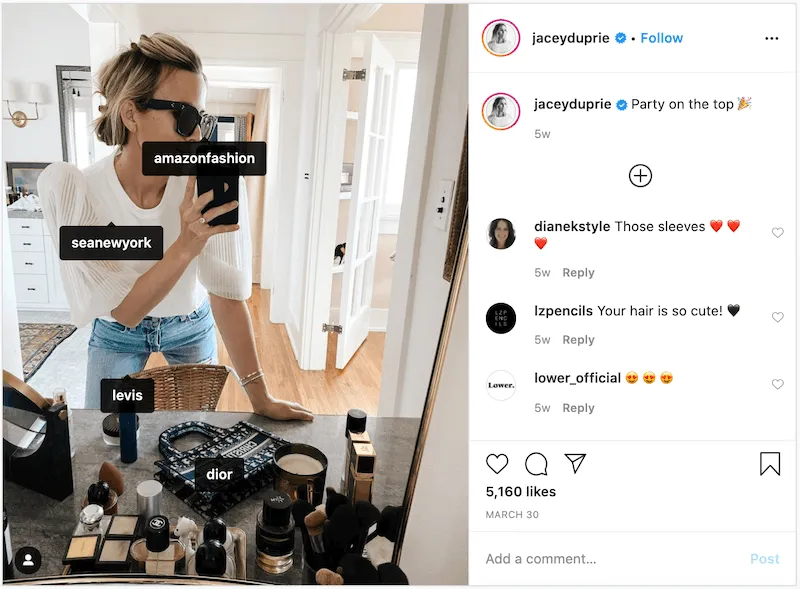

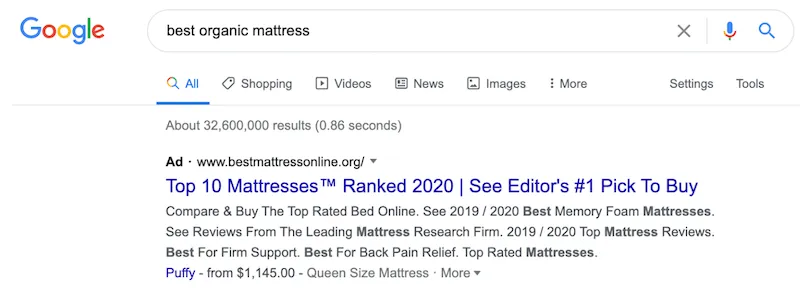
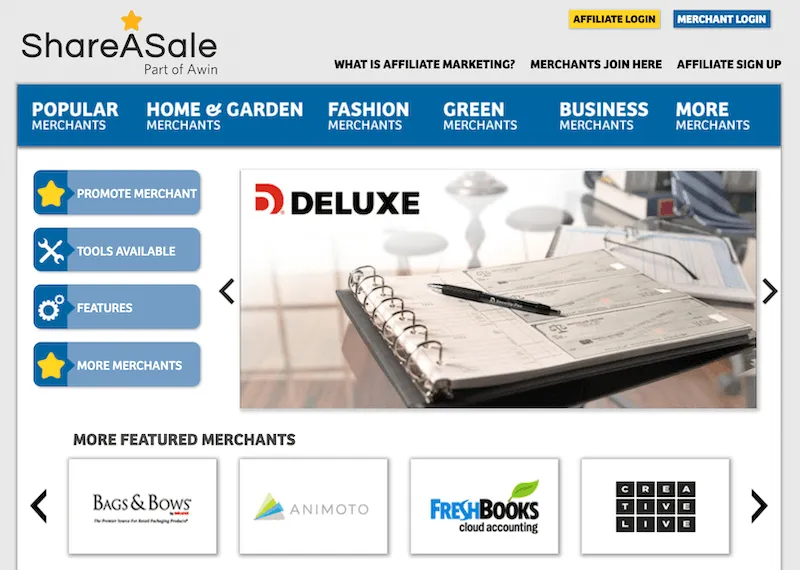
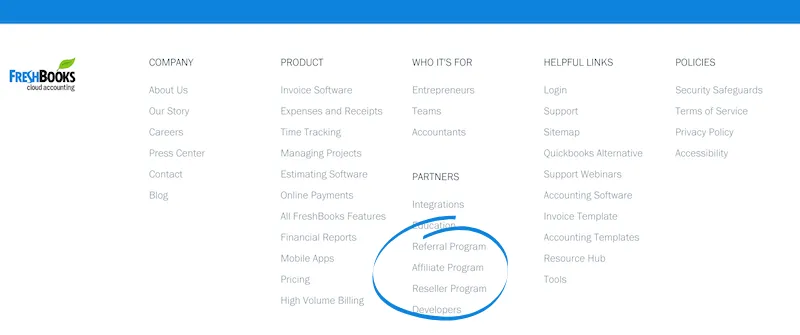


![Standing Out From the Crowd [Free eBook] cover image](https://prod-blog-k8s.freshenv.com/blog/wp-content/uploads/2022/05/Standing-Out-From-the-Crowd_eBook-Blog-Hero-Image-226x150.png)




